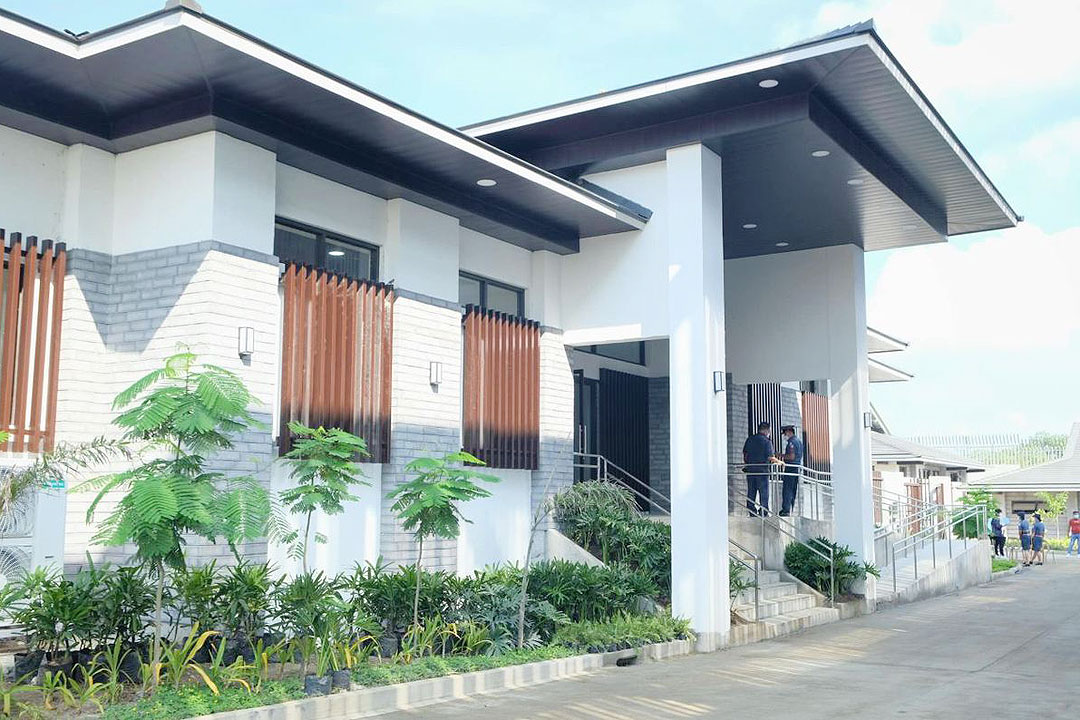Marcos gov’t allots P2.7B for drug rehab facilities

By Kenneth Christiane L. Basilio, Reporter
THE Philippine government has earmarked P2.7 billion in next year’s funding for state drug rehabilitation centers throughout the country to address overcrowding in treatment facilities, a congressman said on Thursday.
“The government will spend up to P2.7 billion in 2025 to sustain the operations and augment the beds of Drug Abuse Treatment and Rehabilitation Centers under the Department of Health,” Makati Rep. Luis N. Campos, Jr. said in a statement.
“The sum is P700 million higher than this year’s P2-billion allocation,” Mr. Campos, a vice-chairman of the House of Representatives appropriations committee, said.
The Health department operates 23 rehabilitation facilities across 15 regions. About P1.7 billion was allocated for their operations and P916 million more for construction and expansion, according to the 2025 National Expenditure Program.
Fifteen of them will receive almost P1 billion in infrastructure development funding, Mr. Campos said.
The drug rehabilitation facility for the Calabarzon region is set to receive the lion’s share of the health facility improvement fund at P350 million.
The Tagaytay City and Las Piñas City rehabilitation centers will get P101.5 million and P75 million, respectively.
Taguig City, Camarines Sur, Davao City and Zamboanga City will get P65 million, P63 million, P52 million and P50 million for their facilities.
Rehabilitation centers in Cebu province, such as the Cebu City and Argao municipality centers, will each receive P31 million. Albay province’s drug treatment facility in Malinao will get P30 million for its expansion.
Bataan and Mountain Province will get P15 million and P14.6 million for their centers.
The facilities in the Caraga region, San Fernando municipality of La Union Province and Malaybalay municipality in Bukidnon province will get P14 million, P8 million and P3.5 million in funding for infrastructure upgrades.
“We must keep under control the demand side by providing adequate treatment and rehabilitation services to drug dependents, while suppressing the supply side by putting traffickers and pushers behind bars,” Mr. Campos said.
The overzealousness of authorities to detain suspected drug users results overcrowding at rehabilitation centers, Hansley A. Juliano, who teaches politics at the Ateneo de Manila University, said in a Facebook Messenger chat.
He added that the government should look at motivating users to shun illegal drugs by reducing “punitive regulations,” and replacing it with “productive efforts.”
Authorities should also let their family members participate in the rehabilitation process to prevent users from backsliding to drug abuse.
“Usage is rooted in poverty, social isolation or alienation and socioeconomic insecurity,” Mr. Juliano said. “Addressing these issues will reduce, if not eliminate, the precarious population that drug markets rely on.”



